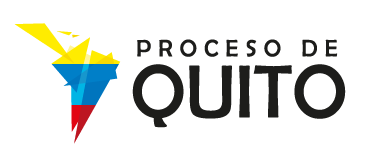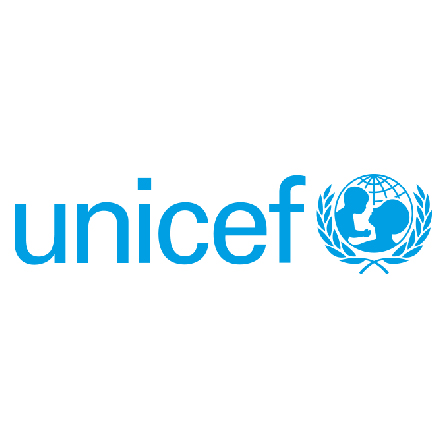Protection of children and adolescents
PROTECTION OF CHILDREN AND ADOLESCENTS
With the support of:
Of the more than 5 million Venezuelans who have had to leave their country, it is estimated that more than 2 million are children and adolescents with protection needs, and in vulnerable situations.
These children and adolescents are exposed to increasing risks and threats throughout their entire displacement.
The lack of harmonized guidelines to respond to the protection needs of these refugee and migrant children and adolescents among the countries of the region has provoked that, oftentimes, they cannot access the protection, prevention and support services they require.
Article 8 of the Convention on the Rights of the Child indicates that “States Parties undertake to respect the rights of the child, to preserve their identity, including nationality, name and family relationships, in accordance with the law, without illicit interference. When a child is illegally deprived of some or all of the elements of his identity, the States Parties shall provide the appropriate assistance and protection seeking to rapidly reestablishing his identity.”
This requires coordination and a regional work plan that allows the identification of these children and adolescents, with the participation of the authorities of the jurisdiction of birth of those affected.
With this need as a starting point, it was suggested to develop a guideline agreed by the States to multilaterally coordinate this protection, which was presented for the first time in Quito III, in April 2019.
A concepto note of the proposal with a table of contents was presented at the IV meeting of the Quito Process, held in Buenos Aires in July of the same year. In Round V of the Quito Process, the government of Colombia presented the proposal. The governments' agreement was to assess said proposal to advance into technical meetings in order to report progress in the VI Round of Santiago, in September 2020.
In this scenario, a proposal to advance in inter-institutional and binational cooperation was put forward; including human rights perspective and migratory regularity in the countries; also, in working together with UNICEF in a glossary that may allow consensus on this view; in promoting sustainable development goals by addressing safe and orderly migration with particular emphasis on Venezuelan migrant and refugee children; and in developing regional cooperation mechanisms that strengthen state capacities.
The initiative continues to have the technical and financial support of the United Nations Agencies (UNHCR, IOM, UNICEF) and of prestigious institutions in the protection of migrant and refugee children and adolescents, such as the IPPDH2 of Mercosur, the IIN3 of the OAS and the migrations group of the MMI-LAC.
AREAS OF WORK








